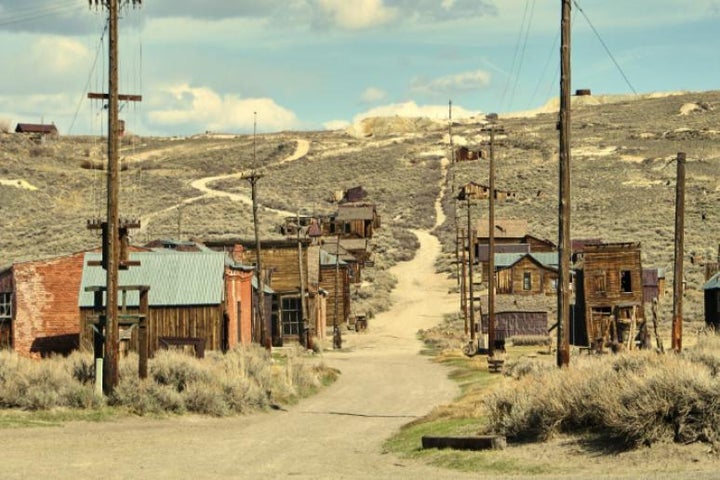
Imagine what the world would look like if people didn’t exist. Do cities look ghastly and charming at the same time? Are they dusty, with cracks on the walls, shattered windows, and trees growing inside?
It’s hard to envision that once hundreds of residents lived and worked there. It’s both nostalgic and intriguing.
Some lesser-known locations have been forgotten by people for many years. They are stunning in their own way. Tourists and history buffs are often fascinated by castles, islands and even entire cities where locals just picked up and left.
You will be intrigued by the unusual exterior and maybe even spooked by the present state of some structures.
Most of the time there is a logical explanation why a once thriving farming village or gold mining town now lies deserted and is barely visited by few curious tourists.
It usually has to do with a natural disaster such as a flood, a volcanic eruption or an earthquake. Sometimes it’s about economics; no more riches underground means no jobs.
There is a story beneath the moss, cracks, dirt, and dust. The following ghost towns are as memorable as they are eerie.
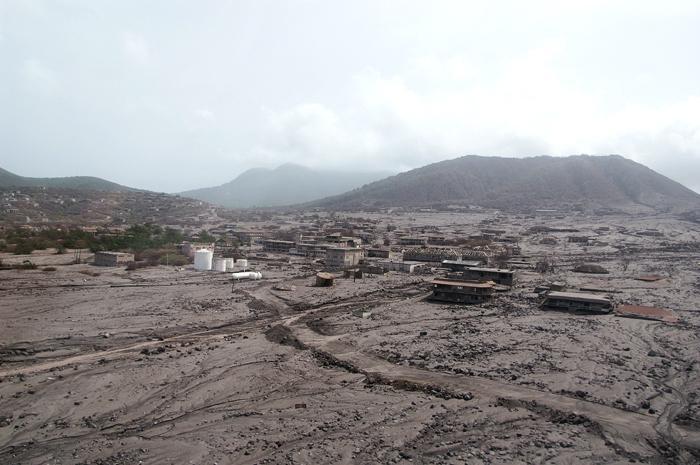
Plymouth, West Indies
Plymouth was the capital of Montserrat and the only port of entry until 1997 when volcanic eruptions destroyed much of the town and the island’s most-spectacular vegetation, according to Encyclopedia Britannica. The town was abandoned in 1995–96.
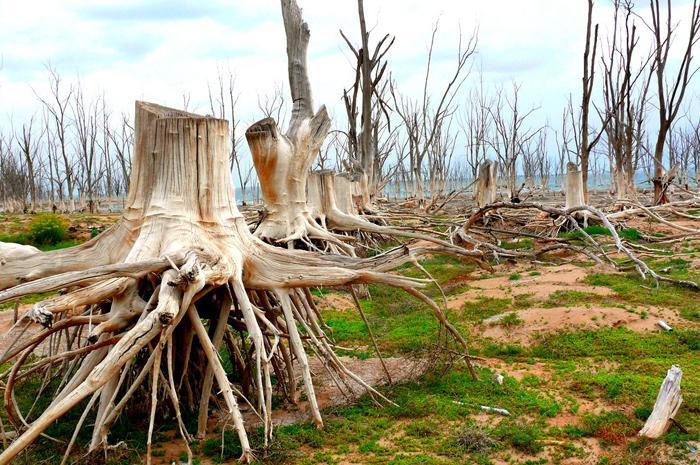
Villa Epecuen, Argentina
The former tourist township was built on the shores of Lago Epecuén, a lake with therapeutic powers, which had about 5,000 people in the 1970’s. A huge volume of water after a storm broke through the dam in 1985 swamped much of the town, according to The Weather Channel. The flood was consuming the town for years until it was covered in more than 30 feet of salt water. It began was recede in 2009 and people can now see some of the ruins on the surface.
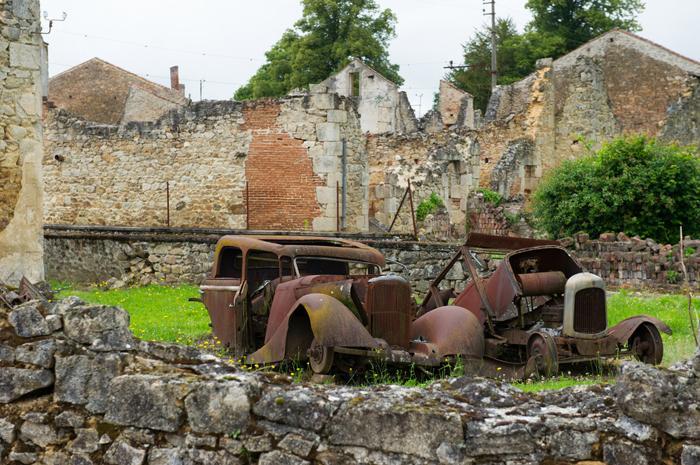
Oradour-sur-Glane, France
Oradour-sur-Glane was a small farming village. During World War Two, it was located in the German-occupied zone of France. On June 10, 1944, German troops killed 642 people, almost the entire population, and then destroyed the village, according to the U.S. Holocaust Memorial Museum. After the war, Oradour-sur-Glane became an iconic symbol of German crimes against civilians.
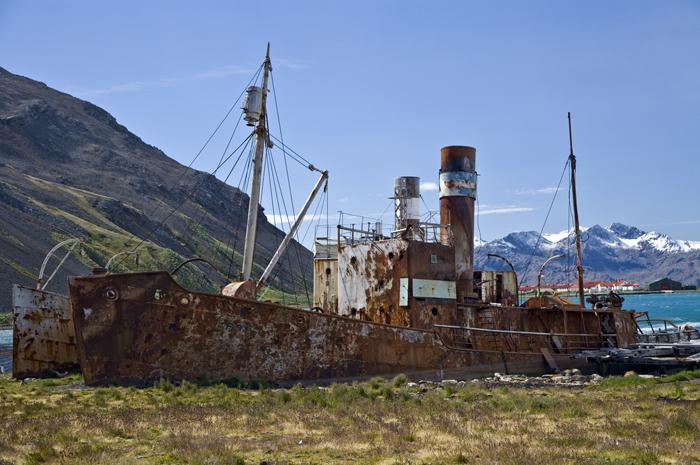
Grytviken, South Georgia
The long forgotten whaling station was founded in 1904 by Norwegian sea captain Carl Anton Larsen. It was serviced by 300 men during its prime. The station shut down in 1966 when whale stocks declined to very low numbers, leaving Grytviken a haunting uninhibited town. A few residents live at a British Antarctic Survey Research Station at nearby King Edward Point.
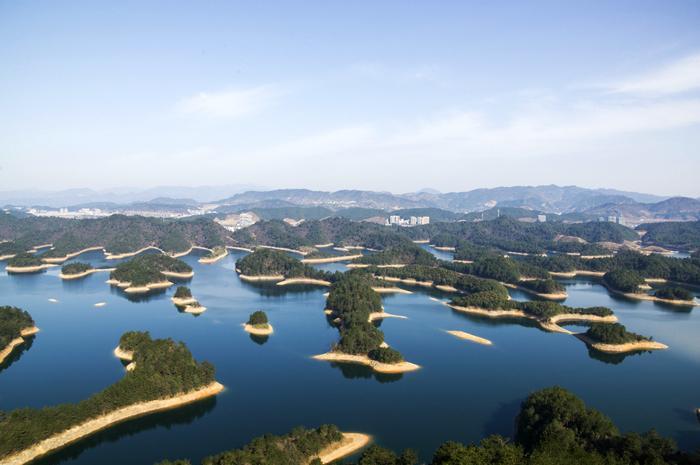
Lion City, China
The ancient flooded city that lies at the foot of Wu Shi Mountain (Five Lion Mountain) is now just about 80-130 feet beneath the Qiandao Lake (Thousand Island Lake) in China. Officials have taken a renewed interest in it because it has remained completely intact despite being underwater for half a century. The Lion City was built during the Eastern Han Dynasty (25 – 200 AD) and it was the center of politics and economics. But in 1959, the government decided a new hydroelectric power station was required. A man-made lake was build and Shi Cheng was submerged.